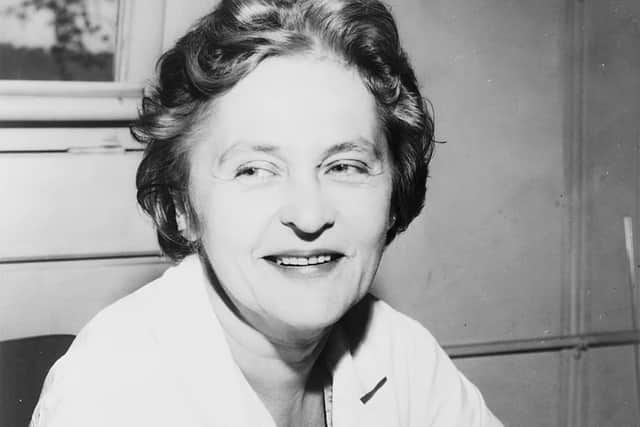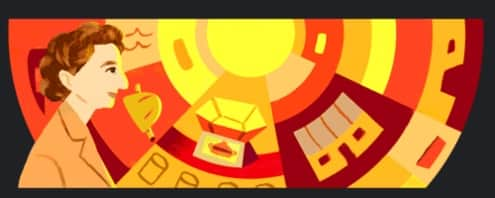Mária Telkes inventions: what did the ‘Sun Queen’ invent as solar power scientist honoured by Google Doodle
and live on Freeview channel 276
Today, Monday 12 December, the iconic Google Doodle is casting a spotlight on the life and career of Dr Mária Telkes. Also known as the “Sun Queen” for her contributions to solar energy research, Telkes would go on to create inventions that changed lives.
The date today is significant because it was this day that Telkes became the first to receive The Society of Women Engineers Achievement Award in 1952 - it also would have been her 122nd birthday.
This is everything you need to know.
Who was Mária Telkes?
Advertisement
Hide AdAdvertisement
Hide AdTelkes was a Hungarian-American biophysicist, scientist and inventor who was born in Budapest in 1900 to parents Aladar and Mária Laban de Telkes. She studied physical chemistry at the Eötvös Loránd University of Budapest, where she graduated with a B.A in 1920 before earning her PhD in 1924.
In 1924, Telkes made her move to the United States and accepted a position as a biophysicist at the Cleveland Clinic Foundation investigating energy produced by living organisms. During her time at the foundation, she, alongside American surgeon George Washington Crile, invented a photoelectric mechanism capable of recording brainwaves. The two also collaborated on a book together called Phenomenon of Life.
Telkes later worked as a biophysicist at Westinghouse, where she developed metal allows for thermocouples which converted heat into electricity.


It was in 1937 that she became a US citizen, and in 1939 was hired by the Massachusetts Institute of Technology (MIT) after writing to the university about working on its new solar energy program. She stayed at MIT until 1953.
Advertisement
Hide AdAdvertisement
Hide AdShe was recruited as a civilian advisor to the Office of Scientific Research and Development (OSRD) by the US government during World War II. Following the war, she returned to MIT as an associate research professor.
In 1953, Telkes organised a solar laboratory in the College of Engineering at New York University, where she worked on things like solar stills, heating systems and solar ovens. Throughout the rest of her career, Telkes continued to work on solar related projects and, in 1978, she was named professor emeritus at the University of Delaware when she retired from active research. She continued to work as a consultant up until around 1992.
She passed away on 2 December 1995, whilst on her first visit to her hometown in Budapest in 70 years.
What did she invent?
Telkes was a prolific inventor, securing more than 20 patents over the course of her career.
Her inventions include, but are not limited to:
- A solar-powered distiller which was able to make seawater drinkable for soldiers lost at sea, which she created during World War II with OSRD
- The Dover Sun House, which she created in partnership with architect Eleanor Raymond - it was a highly successful solar heated home and popularised the term “solar energy”
- A solar powered oven, the design of which is still used today


Advertisement
Hide AdAdvertisement
Hide AdIn 2012, seven years after her death, Telkes was inducted into the National Inventors Hall of Fame. Her other accolades also include an OSRD Certificate of Merit for the Desalination Unit (1945) and a Charles Greeley Abbot Award from the American Solar Energy Society (1977).
In 1942, Telkes told the Christian Science Monitor: “It is the things supposed to be impossible that interest me. I like to do things they say cannot be done.”
Comment Guidelines
National World encourages reader discussion on our stories. User feedback, insights and back-and-forth exchanges add a rich layer of context to reporting. Please review our Community Guidelines before commenting.
